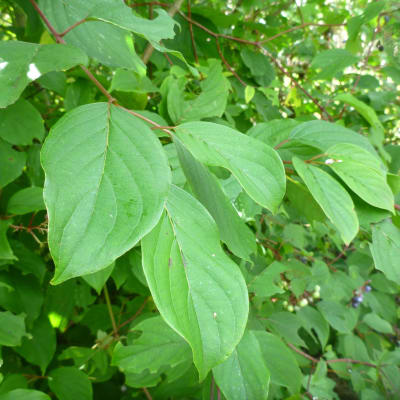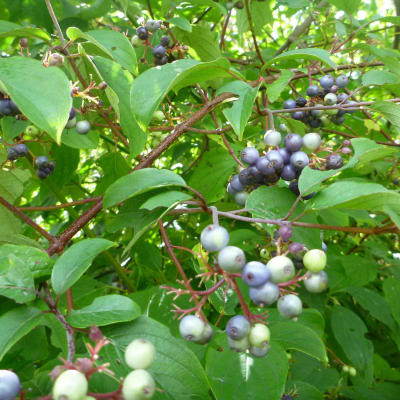Fast-growing shrubby tree with highly ornamental red bark that starts yellow and graduates to coral. Especially splendid in the snowy winter landscape. Recommended for filling the winter flower vase. No water: just set the dormant branches in the vase and enjoy. The deep red stems will dry to a rusty red. The color is most striking on new growth, so give it an annual spring pruning or even cut it right to the ground. Every spring you’ll get new 5-10' red stems. Typically narrow Salix leaves.
Originally raised from seed by the famous nurseryman Ludwig Späeth whose lilac is one of the all-time favorites. Likes water, adaptable to a wide range of soils and conditions. Full sun to light shade. Z2. (1-3')
Items from our perennial plants warehouse ordered on or before March 7 will ship around March 31 through late April, starting with warmer areas and finishing in colder areas. Orders placed after March 7 will ship around late April through early-to-mid May, in the order in which they were received.








